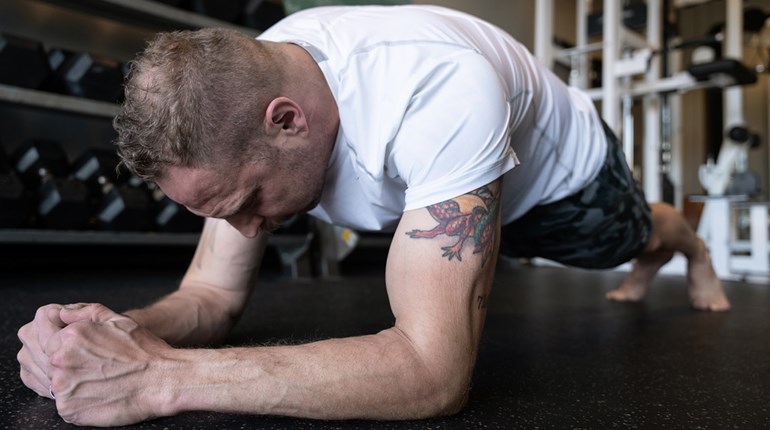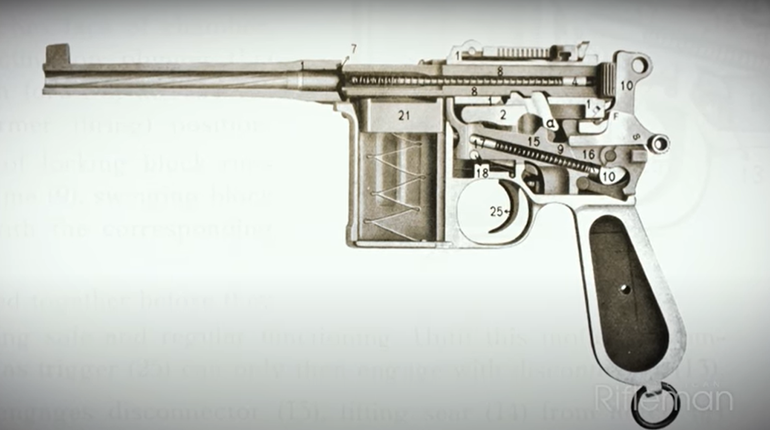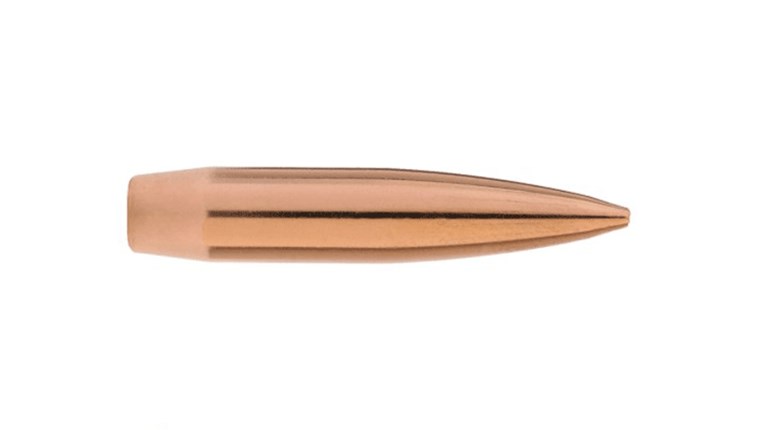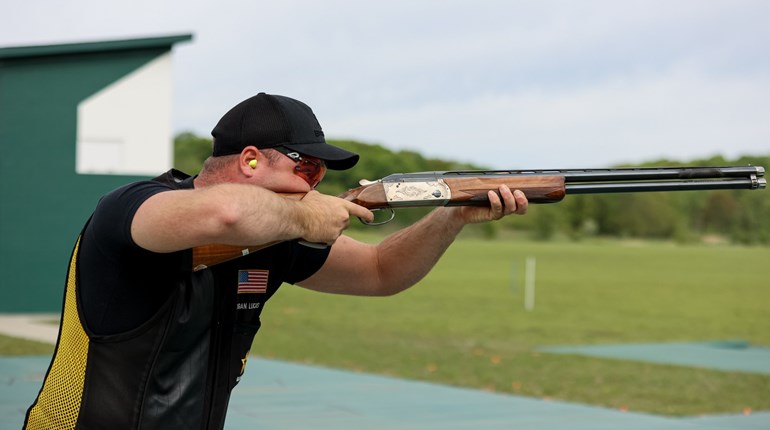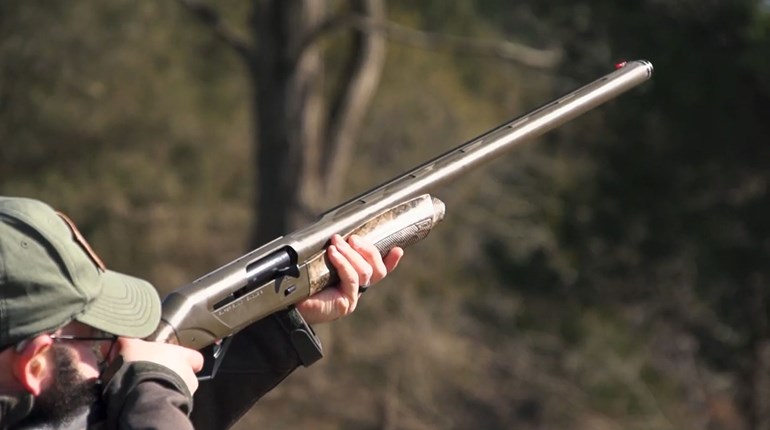
In 1894, Winchester began manufacturing what has become one of the most popular lever-action rifles of all time, the Model 1894. Initially, the gun was offered in two blackpowder calibers, .38-55 and .32-40. However, it was the next year, August of 1895, that the company really set the shooting world ablaze with the introduction of the first two smokeless powder cartridges ever produced for American sportsmen, the .30-30 and the .25-35. While the .25-35 has fallen by the way, the .30-30 continues as a popular and viable choice for riflemen.
Originally, Winchester called their new cartridge the .30 WCF (Winchester Center Fire). It featured a 160-gr. bullet (some sources say it was 165) at about 2,000 feet per second (fps). Eventually, the 150-gr. bullet (2,390 fps) and the 170-gr. load (2,200 fps) became pretty much the standard offering.
In this day of high velocity, bolt-action rifles, it can be difficult to believe that the .30-30 was considered the high-speed, flat-shooting chambering of its day. But, compared to the "rainbow trajectory" of the old blackpowder cartridges of the 1890s, it was a real revelation. Properly sighted-in, the cartridge easily gave game-killing hits out to 150 yards. In addition, it was indeed a pleasure to shoot, generating about 10 lbs. of felt recoil that put it somewhere between the .410 and 20 gauge on the comfort chart. And all of this was available in a lightweight, flat, lever-action carbine or rifle that was easy to carry on long woodland jaunts.
Today, while we tend to look at the .30-30 cartridge and the guns it is chambered in as being suitable for close-range deer hunting, it is a fact that the cartridge has been used to take every species of North American big game. Elk, moose, black bear and grizzlies have all fallen to the .30-30 in the hands of hunters. While that is not the ideal, nor is it recommended, it does show what the cartridge can do when it is the only choice available.
Winchester’s first smokeless rifle cartridge also became quite a hit with lawmen across the country. In the early days part of this was due to the fact that it came in a flat-sided carbine that was easy to carry in a saddle scabbard. Later, peace officers found that the short carbines were also easy to get in and out of a vehicle. And, more importantly, the .30-30 just seemed to get the job done. Even today, one might be surprised at how many .30-30 carbines still ride in American squad cars!
Interestingly enough, the .30-30 cartridge and the guns chambered for it became quite popular during the Mexican Revolution (1911-1920). Quite a large number of these guns were exported, legally and otherwise, to arm the revolutionary forces. Even today, south of the border, you will hear the Mexican folk song, “Carbina Treinta Treinta,” honoring the part that the cartridge played in that conflict.
I am a fan of the .30-30, in a flat-sided lever action, because I like to hunt close. The challenge for me is seeing game at several hundred yards, then trying to find a way to sneak in and make the shot at 50 yards. As hunters know, that isn’t always possible, but when you can pull it off, the game becomes a real trophy for the simple fact that one had to really work for it.
There is no way of telling how many .30-30 cartridges have been produced in this country. Just to give you an idea, Winchester has produced over 7 million units of their Model 94 rifle, the majority in .30-30. And then there is Marlin and Henry still cranking them out. In fact, there is no telling how many guns are made, and have been made, in this popular caliber. And I will let you do your own research into all of the bullet variations that are available today.
So, this deer season, when you start stuffing .30-30 shells into your favorite hunting rifle, just know that you are a part of a great American success story and tradition. And, more importantly, know that it will get the job done when you do your part.


























